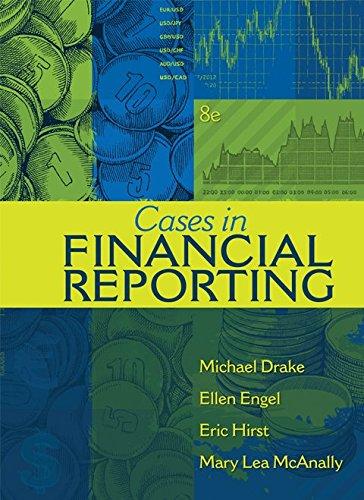Question 6(0.2 mark ) : In regard to bonds, coovexity relates to the A. shape of the bood price curve with respect to interest rates B. shape of the yield curve with respect to matarity C. slope of the yield carve with respect to bquidity prensiams D. size of the bid-ask spread Question 7 ( 0.2 mark): A Japanese firm issuod and sold a pound-benominated bond in the Unifed Kingdom. US. firm issued boods denominated in dollars but sold the boods in Japan. Which one of the following: statements is correct? A. Both bonds are examples of Eurobonds. B. The Japanese toond is a Eurobond, and the U.S. bond is temed a forcige bond. C. The U.S. bond is a Eurobond, and the Japanese bond is temed a forcign bood. D. Neither bond is a Eurobond. Question 8(0.2 mark): Acoording to the liquidity preference theory of the term structure of interest rates, an increase in the yield on long-term corponte bonds versus short-term bonds could be due to A. declining liquidity premiums B. an expectation of an upeoming recession C. a decline in future inflation expectations D. an increase in expected interest mte volatility Question 9(0.2 mark): Financial assets A. directly contribute to the country's productive capaciry B. indirectly contribute to the coantry's productive capacity C. contribute to the country's productive capacity both directly and isdirectly. D. do not contribate to the country's productive capacity cither directly or indirestly Question 10 ( 0.2 mark): Consider two bonds, A and B. Both boeds pecsertly are seliting at their par value of $1,000. Fach pays interest of $120 armually. Boad A will mature is 5 years, while bond B will mature in 6 years. If the yields to maturity on the rwo bonds change foom 124, to 145. A. both bonds will increase in value but bond A will increase more than beod B B. both bonds will increase in value but bond B will increate more the bood A C. both bonds will decrease in value but bond A will decrease toce thas bood B D, both bonds will decrease in value but bond B will decrease mete than boed A Question 11 (0.2 mark): Everything else equal, the maturity of a kond and the coupon, the greater the sensitivity of the bond's price to Eitercst mite chaoges. A. longer, higher B. longer, lower C. shorter, higher D. shorter; lower A. 5.90% B. 6.38% C. 7.97% D. 6.27%







